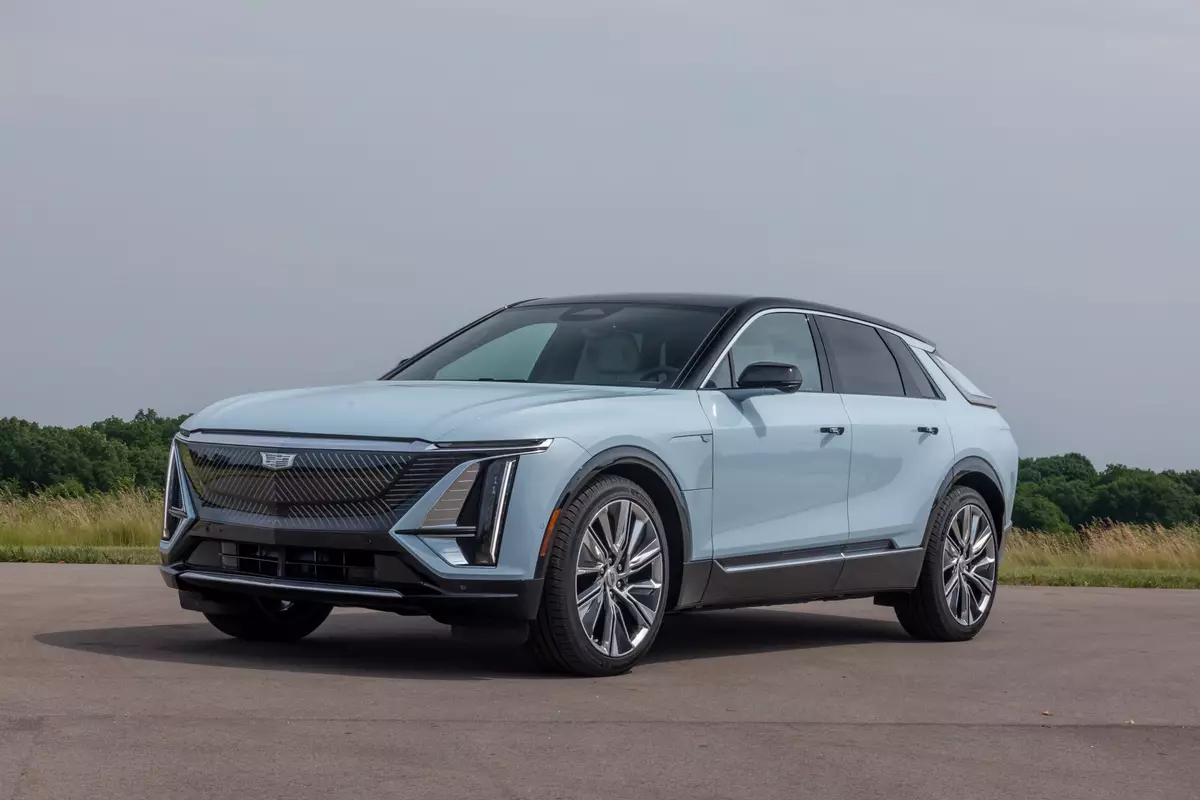The Morning Call and Mcall.com's view
Saab at one time was noted for making very practical but very odd-looking small cars. This Swedish manufacturer even built front-wheel drive cars long before front-wheel drive was ”discovered” in the mid-1970s.
Over the years the styling became less odd, though still quite distinctive, and the car started gaining a small though loyal following. It could even be considered one of the first of the Yuppie cars, and again even before Yuppies were discovered. Sales increased tremendously in the last couple of years and with it so did the sales base. The Saab is no longer the exclusive property of the young driving enthusiast, but driving enthusiasts do make up most of its buyers.
Saab’s newest model – the 9000 Turbo – will probably expand the buyer base even more. The enthusiast has not been neglected by this new sports sedan, but now those who just like roomy luxury cars will have another choice.
One of the distinctions of the new 9000 Turbo is that it is the only European sedan to be classified by the Environmental Protection Agency as a ”large” car, that is, a car with 120 cubic feet or more of passenger and luggage space. According to EPA, the 9000 Turbo measures 126 cubic feet – 102 cubic feet passenger volume and 24 cargo capacity. But even more than that, the car is a hatchback and with the rear seat folded, cargo room is increased to 56.5 cubic feet.
By now, one should be getting the idea that the 9000 is a big car. But you probably wouldn’t know it just from looking at it. From the outside, it looks like a compact. Even the dimensions are deceptive: wheelbase, 105.2 inches; overall length, 181.9 inches; width 69.4 inches; height, 56.1 inches, and curb weight, 2,935 pounds. The hatchback configuration obviously allows for the smaller-on-the-outside-larger-on-the-inside overall package. But who says cars can’t be deceptive looking?
The test car (supplied by Scott Chevrolet-Chrysler-Plymouth-Saab, 3333 Lehigh St., Emmaus) was black with a dark-tan cloth interior and quite attractive. Since the car is still relatively scarce, it did draw a lot of attention from people trying to figure out what it was. And since styling is so completely different than the 900 model, it was a real challenge.
The interior of the 9000 Turbo, in addition to being able to hold five adults in comfort, was quite luxurious. Everything looked like quality and there are a number of convenience features. The doors have large storage bins and the glove compartment is the largest I have ever seen. A rather interesting touch is that all air entering the 9000’s ventilation system passes through a filter that removes pollen, oil, soot and even certain bacteria. According to Saab, this protects the driver and passengers from hay fever, sneezing and asthmatic attracts and eye irritation. It also keeps the car’s interior cleaner.
Instruments are circular analog type and eas y to read and controls are conveniently located. However, this is the type of car that requires a reading of the owner’s manual before taking off. There’s a lot of knobs and buttons to operate. What was of particular interest to my rock musician son was the electronically tuned radio with four speakers, a graphic equalizer and a total 80 watts of power. He pointed out it even featured ”pink noise. ”Now if you don’t know what pink noise is, I’m afraid you’re on your own, since it would take me longer to explain it than it would the test car. But take may word for it, the radio is a real blast, and it is standard equipment too.
Driving the 9000 Turbo is an interesting experience. The car is lively, highly maneuverable and not really tricky. In other words, a driving enthusiast can really enjoy him/herself but the average driver who just wants to point it down the yellow brick road won’t have any problems. The one requirement, though, is the ability to use a fiv -speed manual transmission. A four-speed automatic will be available, but the car at first was equipped only with a manual.
The front-wheel drive 9000 features equal length drive shafts which just about eliminates torque steer. Fast acceleration is straight ahead even on slippery surfaces. But, then, we should keep in mind that Sweden has a lot of slippery days and cars built in that country must be able to handle adverse conditions to survive. The suspension features MacPherson struts, gas-filled shock absorbers and stabilizer bar up front and in the rear a lightweight, rigid axle, panhard rod, coil springs and stabilizer bar. Handling, as should be expected, is very good. The ride is on the firm side but this really isn’t a handicap for a sports sedan.
Powering the 9000 Turbo is an amazing strong 2-liter/120 cubic-inch four- cylinder engine that features 16 valves. Why, you may ask, 16 valves when 8 is the number usually used in a four-cylinder engine (four intake and four exhaust). One of the reasons is better combustion efficiency. With four valves per cylinder, the spark plug can be located in the center of the combustion chamber, which means that fuel can be ignited quickly and evenly. This type of engine, naturally, is more expensive than one with 2 vales per cylinder but Saab apparently feels it is worth it.
The turbocharger has an intercooler, which allows for even greater efficiency because the fuel mixture can be cooled and made denser for a larger charge in the combustion chamber. Add to this a computer control (Automatic Performance Control) and LH – Jetronic fuel-injection and it is easy to see this is quite a sophisticated power plant. In fact, it is rated at 160 horsepower at 5,000 rpm and 188 foot pounds torque at 3,000 rpm. This is an incredible amount of power from an engine this size.
Performance, again not surprising, is very good. The 9000 will go from 0-60 mph in about 8 seconds. Saab claims the car has a top speed in excess of 130 mph. This I’m not going to try to disprove. And, surprises of surprises, it gets quite decent fuel mileage. The test car, not babied in the least, averaged 20 miles per gallon for city driving and 27 miles per gallon for highway driving. This can be considered good for a car of any size and more so for a vehicle rated as a large car. Because of the turbocharger, unleaded premium should be used.
The 9000 Turbo is a car that comes fully equipped. The suggested Port-of- Entry price is $21,945. The full price on the test car came to $22,646, which included a destination charge of $306 and the car’s only extra charge item, black paint at $395. The list of standard equipment is long and lengthy and includes (in addition to items mentioned) automatic climate control system, power assist (rack-and-pinion) steering, power four-wheel disc brakes, tinted glass, rear window demister, undercoat/anti-corrosion treatment, qu artz analog clock, electric adjustable and heated mirrors, 195/60 V-rated steel-belted radials, light alloy wheels, electric windows, front/rear spoiler, 6-way adjustable driver’s seat, axial adjust sport steering wheel, central locking system (doors, trunk, gas fill), cruise control and automatic electric antenna.
Latest news



